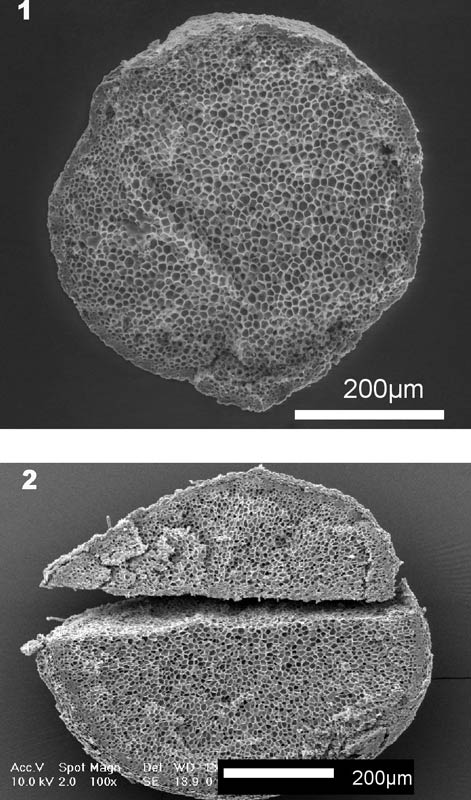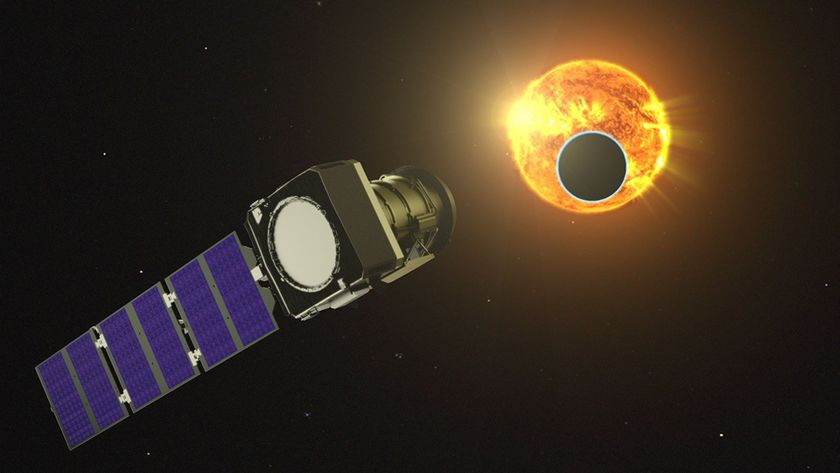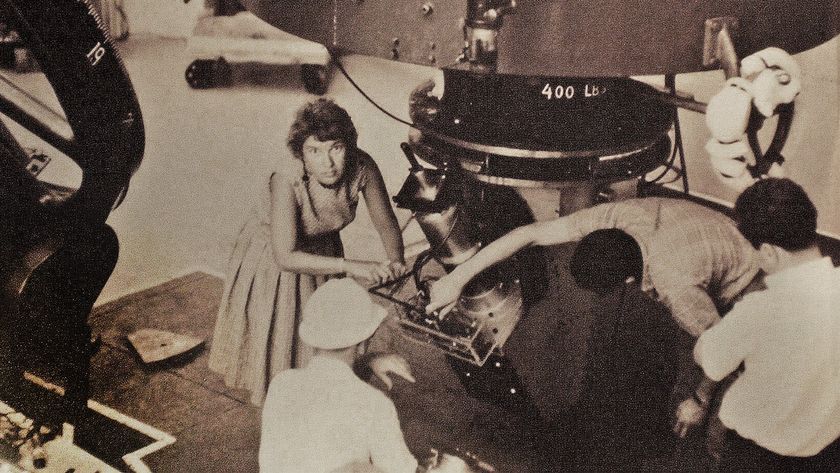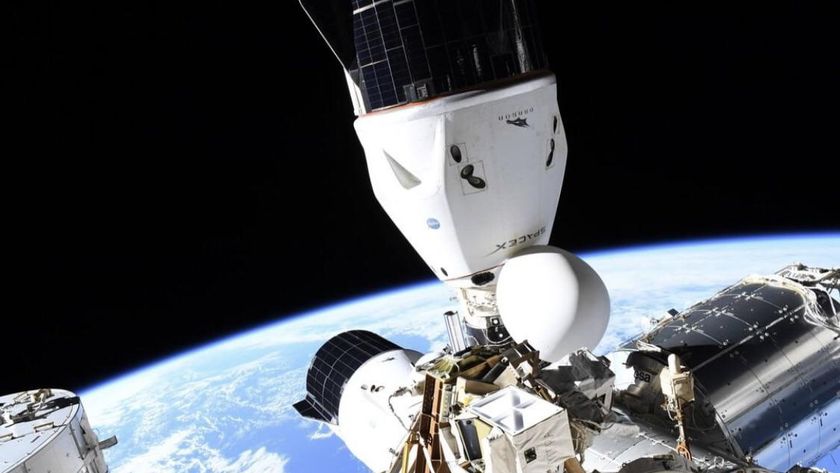Debate Heats Up Over Meteor's Role in Ice Age

Some scientists have thought that the Earth's Ice Age conditions 12,900 years ago were triggered by a meteor or comet. But a recent study suggests that the evidence pointing to the ancient impact is nothing more than fungus and other matter.
According to the impact theory, the event could have caused the extinction of North American mammoths and other species, and killed the early human hunters that occupied North America at the time. Yet the new study concludes that sediment samples taken as evidence of the impact are nothing more than common fossilized balls of fungus and fecal matter - not exactly signs of a space rock crashing into Earth.
Further, the samples -- spherules of carbon used by impact proponents to justify a meteor -- appear thousands of years before and after the Ice Age in sediment records, suggesting they have nothing to do with the impact, scientists said in a statement.
"People get very excited about the idea of a major impact causing a catastrophic fire and the abrupt climate change in that period, but there just isn't the evidence to support it," said lead researcher Andrew C. Scott at the University of London in the UK.
Still, proponents of an impact theory are not backing down.
According to theory, a comet impact or airburst in the atmosphere produced an enormous fire that raged from California to Europe. Melting volumes of ice in the North American ice sheet, the fire sent cold water surging into the world's oceans and knocked off balance the circulation of currents responsible for global heat transport.
Known as the Younger Dryas period or "Big Freeze," the 1,300 years of glacial conditions that followed is well documented in ocean cores and ancient soil samples.
Get the Space.com Newsletter
Breaking space news, the latest updates on rocket launches, skywatching events and more!
Organic matter normal, not melted
Collected from the same locations in California and Arizona used by proponents of the meteor theory, sediment cores dating back to the inception of the cooling era were compared to samples of modern soil that had been subjected to wildfires. They were also largely identified as compact balls and tendrils of fungal matter known as sclerotia, which are produced by fungi naturally during challenging conditions — hardly unique byproducts of an impact-ignited fire.
Neither the charcoal nor the fossilized balls had been exposed to heat above 450 degrees Celsius (842 F), researchers said in a statement. Further, radiocarbon dating of the spherules, which were sampled from many layers of the sediment cores, found that their ages ranged from 16,821 to 11,467 years old: too wide a berth to count as meaningful trigger for the Younger Dryas period.
Experimental charring tests have shown that this organic matter was subjected to, at most, regular low intensity fire, researcher Nicholas Pinter of Southern Illinois University told SPACE.com. Also, such globules would have been destroyed in any mega fire described by impact proponents, Pinter added.
"After the carbon spherules, only one credible piece of supporting evidence remains — the so-called nanodiamonds purportedly found in 12,900-year-old deposits," Pinter said. "Impact proponents are putting all of their remaining eggs in the nanodiamond basket."
Debate not over
Nanodiamonds are micron-scale fragments of diamond thought to have come to Earth by comets or meteors or formed in the extreme pressure that radiates from their impact.
Considered by the Younger Drays impact proponents as a strong indication of an extraterrestrial event, very small diamonds are found "in the millions to billions" in any sample at the beginning of the Younger Dryas period, as opposed to very small amounts in the background of other periods, geologist James Kennett at the University of California told SPACE.com.
An active member of the school of thought that supports the impact theory, Kennett contested Pinter's claim that carbon spherules are illegitimate evidence.
"He's saying that all carbon spherules are fungal sclerotia, a type of spore that fungus produces," Kennett said. "Our argument for that is that he has not made a compelling case for that at all. There's a whole range of carbon spherules. We can produce these through biomass burning."
A whole family of carbon-rich spherules exist that range beyond sclerotia and show a "striking peak" in sediment layers also rich in nanodiamonds, he said.
"There's no other way of explaining the presence of these diamonds except through extraterrestrial impact," said Kennett. "But there's not only diamonds, there's a range of spherules, a family of spherules that correspond with the nanodiamonds."
The debate may heat up when both sides, including Pinter and Kennett, participate in a public debate at the University of Wyoming Aug. 14.
Join our Space Forums to keep talking space on the latest missions, night sky and more! And if you have a news tip, correction or comment, let us know at: community@space.com.
Zoe Macintosh is a science writer who covered human spaceflight, astronomy and science for Space.com in 2010. She also covered general science for Space.com's sister site Live Science. Zoe studied English literature and physics at Smith College, where she also wrote for the Smith Sophian. Her work has also appeared in the National Association of Science Writers website.



